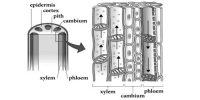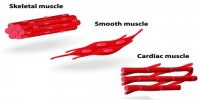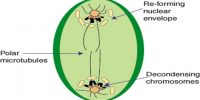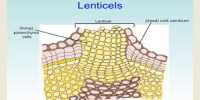Internal structural building tissue of the body is called the skeletal tissue.
Functions:
- This tissue forms the internal structure of the body, e.g. skeletal system.
- It gives the body defutite shape and firmness.
- It helps in organ movement and locomotion.
- It protects the soft and sensitive organs of the body (as brain. spinal cord, lungs, heart etc.).
- It produces various types of blood corpuscles.
- It forms the surface for the attachment of voluntary muscles.
Depending on the formation, skeletat tissue is of two types.
a) Cartilage: Cartilage is a kind of flexible skeletal tissue. Their matrixes are solid but they are soft and their cells have large spaces. Cartilage is suited at the two ends of the humerus, femur, and pinna of the ear and nose of the mammals.
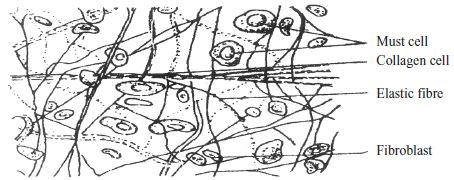 b) Bone: Bone is hard, fragile and unflexible skeletal connective tissue. Bones become rigid due to deposition of lime in their matrix. Some bones are solid. For example, long bones of hind limb of vertebrates. Parts of long bones near-the bone cavities are sponge like.
b) Bone: Bone is hard, fragile and unflexible skeletal connective tissue. Bones become rigid due to deposition of lime in their matrix. Some bones are solid. For example, long bones of hind limb of vertebrates. Parts of long bones near-the bone cavities are sponge like.
